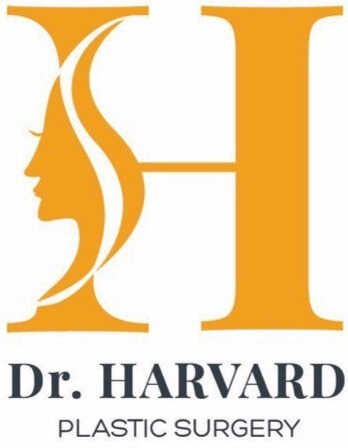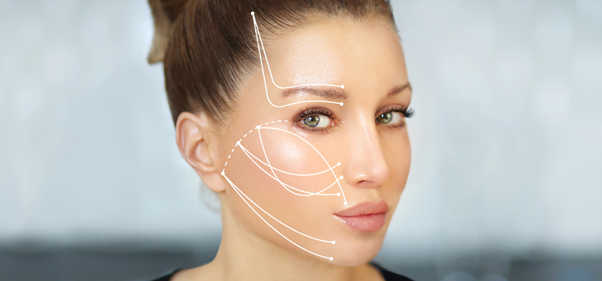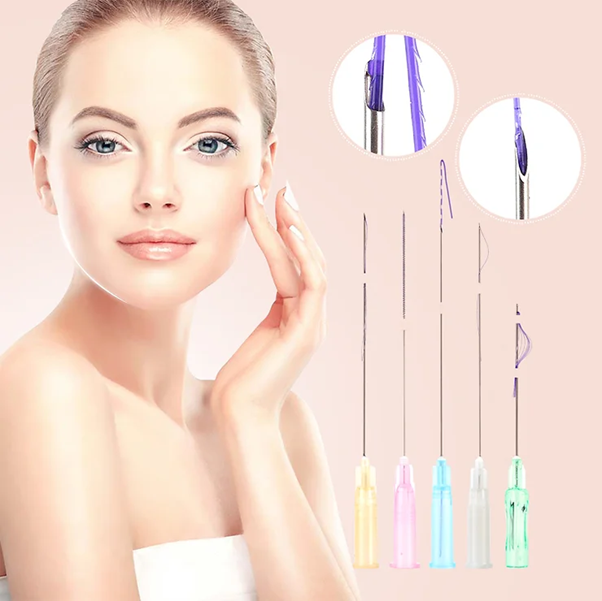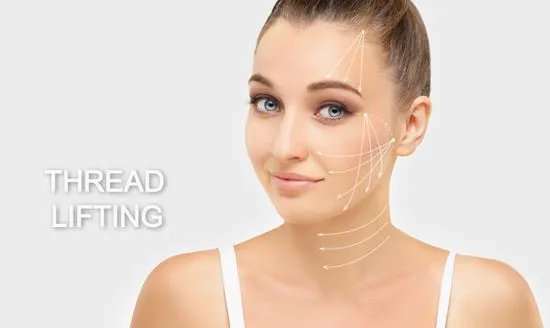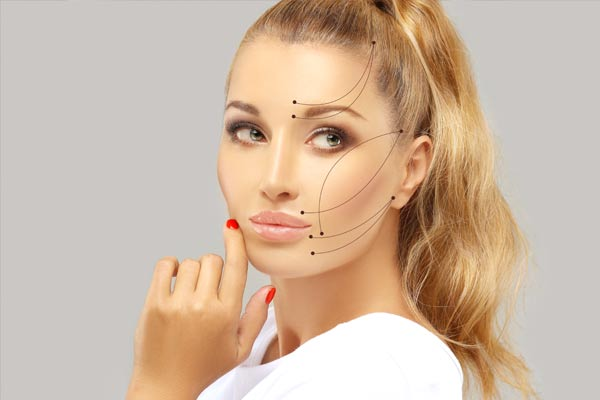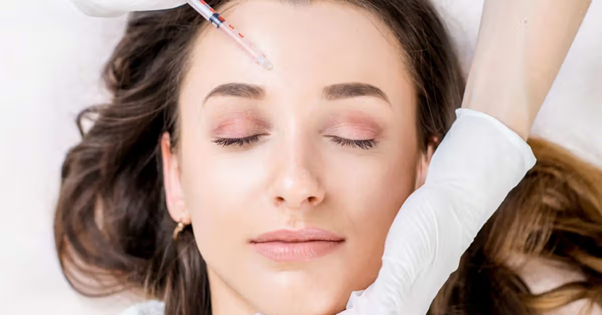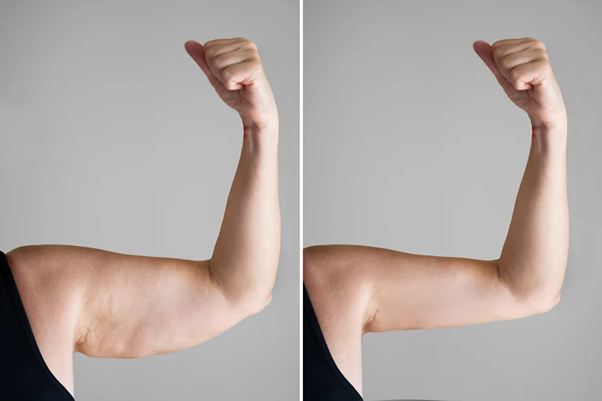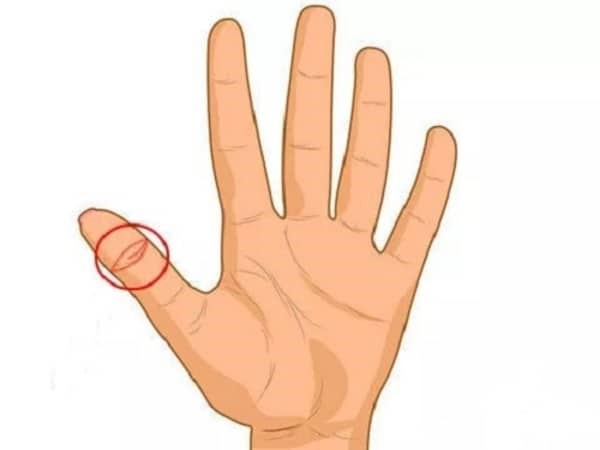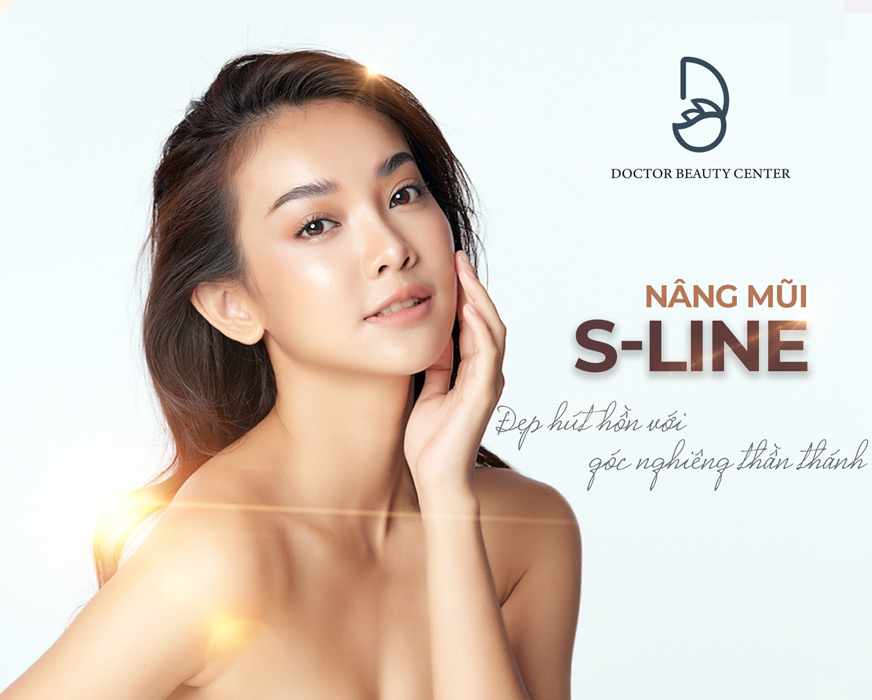In recent years, the field of aesthetic medicine has experienced incredible advancements, among these breakthroughs is the “facelift by threads. This non-surgical facelift method has quickly become popular due to its ability to tighten the skin, enhance facial contours, and provide a youthful appearance with minimal downtime. In this article, we’ll dive deep into everything you need to know about facelift by threads, from its benefits to how it compares to traditional facelift surgery.
The facelift by threads, or thread lift, stands out among these advancements for its effectiveness.
What is a Facelift by Threads?
A facelift by threads, or thread lift, is a minimally invasive cosmetic procedure designed to lift sagging skin on the face and neck using medical-grade sutures. These threads are inserted beneath the skin, and they work by both lifting the tissues and promoting collagen production. The result is a more sculpted and youthful appearance without the need for extensive surgery or long recovery times.
There are various types of threads used for this procedure, but the most common are Polydioxanone (PDO), Poly-L-Lactic Acid (PLLA), and Polycaprolactone (PCA) threads. Each type has different properties and benefits, allowing practitioners to tailor the treatment to each patient’s specific needs and desired outcome.
How does a Facelift by Threads work?
The procedure begins with a consultation, during which your aesthetic doctor will assess your skin condition, age, and desired results. If you’re a good candidate, the procedure itself is performed under local anesthesia, making it a relatively painless experience.
The threads are inserted into the skin using fine needles or cannulas. Once in place, the threads are gently pulled to lift and tighten sagging areas of the face, such as the cheeks, jawline, and neck. The threads have tiny barbs or cones that latch onto the underlying tissues, providing an instant lifting effect. Over time, the threads dissolve naturally, and the skin is left firmer and more elastic due to the increased collagen production that occurs as the body responds to the inserted sutures.
Who is an Ideal Candidate for a Thread Lift?
Facelift by threads is ideal for individuals who want to address mild to moderate sagging of the facial skin without undergoing surgery. Typically, patients in their late 30s to 50s who are experiencing early signs of aging are good candidates for this procedure. The best candidates are those who have good skin quality, as severe skin laxity might require more extensive treatment, such as a traditional facelift.
Moreover, individuals seeking subtle improvements in their facial contours, without the risks associated with surgery or a long recovery, are excellent candidates for a thread lift. The procedure is also beneficial for those who wish to enhance their facial structure, providing a sharper jawline and improved definition in the midface area.
Facelift by threads is ideal for individuals who want to address mild to moderate sagging of the facial skin without undergoing surgery.
Benefits of a Facelift by Threads
- Minimally Invasive: Unlike traditional facelifts, the thread lift is minimally invasive, requiring only tiny incisions. The treatment is usually performed in under an hour, and patients can often resume their normal activities almost immediately.
- Natural-Looking Results: Facelift by threads offers subtle and natural-looking improvements. The lifting effect is gentle, enhancing the face without the drastic changes associated with traditional surgery.
- Stimulates Collagen Production: One of the key benefits of thread lifts is their ability to stimulate collagen production. Collagen, a protein that provides structure and elasticity to the skin, diminishes with age. By boosting collagen levels, a thread lift not only tightens the skin immediately but also provides long-term anti-aging benefits.
- Customizable: Different types of threads can be used depending on the desired outcome. PDO threads are used mainly for skin tightening, while PLLA and PCA threads provide additional collagen stimulation. This allows practitioners to customize the treatment according to the patient’s needs.
- Short Downtime: Unlike surgical facelifts, which require weeks of recovery, facelift by threads typically involves minimal downtime. Patients might experience some swelling, bruising, or redness for a few days, but they can return to their daily routines much sooner.
How long do the results last?
The results of a thread lift are both immediate and progressive. Immediately after the procedure, patients will notice an improved lift in the treated areas. Over the next few months, the effect will continue to improve as collagen production is stimulated.
On average, the results of a facelift by threads last between 12 to 18 months, depending on factors such as the type of threads used, the patient’s age, and their overall skin condition. As the threads dissolve naturally, the skin maintains a more youthful appearance, although maintenance treatments are recommended to keep the results fresh.
Comparing facelift by threads with traditional facelift surgery
When deciding between a thread lift and a traditional facelift, it’s important to understand the key differences:
- Invasiveness: A traditional facelift is a surgical procedure that involves incisions, general anesthesia, and a significant recovery period. A thread lift, on the other hand, is minimally invasive, with fewer risks and faster recovery.
- Results: The results of a surgical facelift are more dramatic and long-lasting, often lasting 10 years or more. Thread lifts provide more subtle results and need to be repeated to maintain the effect.
- Cost: Thread lifts are generally more affordable than surgical facelifts, making them accessible to a wider range of patients who want rejuvenation without breaking the bank.
For those seeking a quick refresh with minimal risk, a thread lift may be the better option. However, for individuals with advanced sagging and significant aging, a traditional facelift may be more suitable.
With its natural-looking results and ability to effectively target early signs of aging, the facelift by threads has become a popular choice
Aftercare tips for Facelift by Threads
To ensure optimal results from a facelift by threads, following the right aftercare is crucial:
- Avoid Strenuous Activities: For at least one week after the procedure, avoid vigorous exercise or any activity that could strain the facial muscles.
- Sleep Elevated: To reduce swelling and help the healing process, sleep with your head elevated for the first few nights after treatment.
- Avoid Facial Massages: Refrain from facial massages or touching the treated areas excessively for a few weeks to allow the threads to settle in properly.
- Be Gentle with Skin Care: Use gentle cleansers and avoid harsh exfoliants or treatments that could irritate the skin while it’s healing.
- Follow Your Doctor’s Instructions: Your aesthetic doctor will provide specific aftercare instructions tailored to your needs. It’s important to follow them closely to achieve the best results.
Because of its versatility, a thread lift can be customized to suit individual needs, allowing the patient to achieve specific goals, such as tightening sagging cheeks or defining the jawline.
Why choose DR.HARVARD for your Facelift by Threads?
At DR.HARVARD, we prioritize safety, precision, and natural results. Our team of skilled professionals is dedicated to delivering personalized care, ensuring each thread lift procedure is tailored to the unique needs of every patient. With cutting-edge technology and a commitment to excellence, DR.HARVARD provides a comfortable, confidence-boosting experience. If you’re considering a facelift by threads, let us help you achieve a refreshed, youthful appearance with a treatment plan designed just for you.
Contact DR.HARVARD today to schedule your consultation and take the first step towards a more rejuvenated you.
